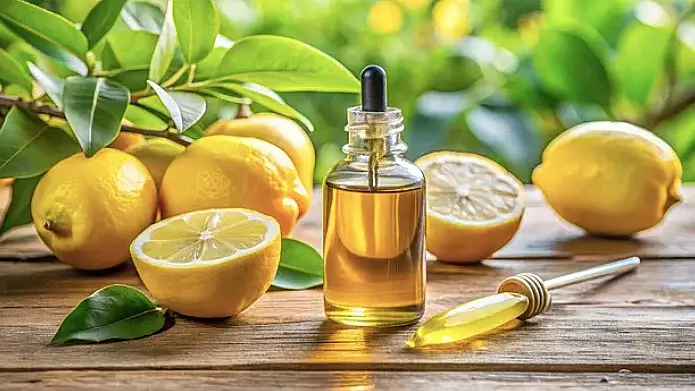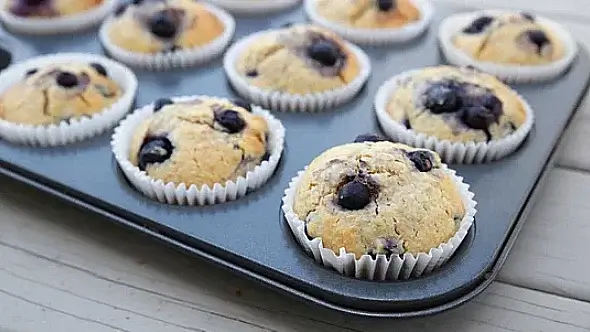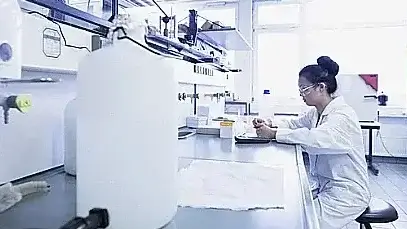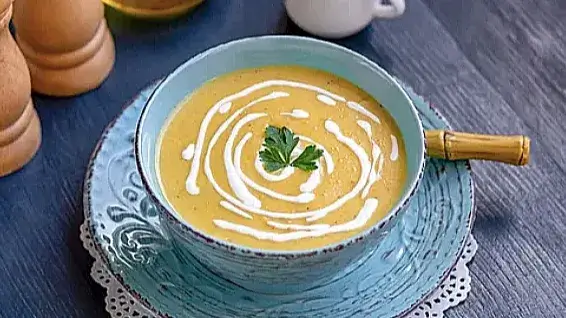Top Low-Carb Foods to Reduce Liver Fat

Medical nutrition strategies for hepatic fat reversal and metabolic correction
Excess hepatic fat accumulation, clinically identified as non-alcoholic fatty liver disease (NAFLD) or its redefined term metabolic dysfunction-associated steatotic liver disease (MASLD), has emerged as the most prevalent liver disorder worldwide. Dietary interventions remain a cornerstone in the management of this condition. Among these, the implementation of a carbohydrate-restricted dietary pattern—specifically incorporating the top low-carb foods to reduce liver fat—has demonstrated compelling efficacy in clinical settings. Current research supports that structured carbohydrate moderation can directly attenuate hepatic steatosis through insulin regulation, weight loss facilitation, and reduced de novo lipogenesis.
Below, we examine key low-carbohydrate foods and their mechanistic roles in hepatic fat reduction, drawing from recent clinical findings and nutrition science.
Understanding Carbohydrate Restriction in Hepatic Lipid Reduction
Carbohydrate metabolism plays a critical role in liver lipid homeostasis. High glycemic load diets stimulate hyperinsulinemia, promote hepatic triglyceride synthesis, and exacerbate intrahepatic lipid accumulation. Conversely, a reduced carbohydrate intake modulates insulin signaling, lowers circulating glucose and insulin levels, and suppresses hepatic de novo lipogenesis—a process central to NAFLD pathogenesis.
In randomized controlled trials, patients adopting a low-carbohydrate dietary protocol exhibited significant improvements in hepatic steatosis independent of weight loss, suggesting a direct metabolic effect. The incorporation of specific top low-carb foods to reduce liver fat is thus not only a caloric strategy but a targeted nutritional intervention.
1. Cruciferous Vegetables: Enhancing Hepatic Detoxification Pathways
Vegetables like broccoli, cauliflower, and Brussels sprouts are carbohydrate-sparse yet dense in sulforaphane and indole-3-carbinol. These compounds enhance phase I and II liver detoxification pathways and reduce oxidative stress within hepatocytes. Their low glycemic index also makes them suitable for postprandial glucose control.
Professional Insight:
Broccoli consumption has been associated with decreased liver fat and improved serum alanine aminotransferase (ALT) levels in animal models, with promising translational implications for human dietary therapy.
2. Oily Fish: Omega-3 Polyunsaturated Fatty Acids and Hepatic Lipid Oxidation
Cold-water fish such as salmon, mackerel, and sardines are devoid of carbohydrates and are potent sources of omega-3 polyunsaturated fatty acids (PUFAs), particularly EPA and DHA. Omega-3s have been shown to downregulate lipogenic genes (e.g., SREBP-1c) and promote mitochondrial fatty acid β-oxidation in hepatocytes.
Clinical Evidence:
Meta-analyses of dietary PUFA supplementation have confirmed reductions in liver fat content, improvement in lipid panels, and decreased markers of hepatic inflammation.
See Harvard T.H. Chan School of Public Health – Omega-3 Fatty Acids for nutritional guidance on omega-3 intake.
3. Eggs: High-Biological-Value Protein Without Glycemic Impact
Eggs, particularly when consumed whole, offer high-quality protein and choline—a nutrient essential for very-low-density lipoprotein (VLDL) synthesis and export from the liver. This process is vital for lipid clearance and preventing hepatic lipid accumulation.
Biochemical Role:
Choline deficiency is linked with impaired hepatic lipid transport, culminating in steatosis. Whole eggs, while cholesterol-containing, do not adversely affect hepatic fat levels and can be incorporated into therapeutic dietary plans for NAFLD.
4. Nuts and Seeds: Polyphenols, Fiber, and Satiety
Almonds, walnuts, flaxseeds, and chia seeds are nutrient-dense, low in digestible carbohydrates, and rich in monounsaturated and polyunsaturated fats. Walnuts in particular are high in alpha-linolenic acid, a plant-based omega-3 fatty acid.
Impact on Liver Health:
Clinical studies have demonstrated that nut consumption correlates with reduced liver enzyme levels, improved insulin sensitivity, and lower hepatic fat accumulation, making them an evidence-based choice among the top low-carb foods to reduce liver fat.
5. Leafy Greens: Fiber-Rich, Glycemic-Stabilizing Micronutrient Sources
Spinach, kale, arugula, and Swiss chard provide non-starchy, high-fiber options that support glycemic stability and satiety. These foods have negligible carbohydrate content and supply folate and antioxidants critical for hepatic function and inflammation control.
Nutritional Consideration:
Dietary fiber, particularly insoluble fiber, has been linked with reductions in hepatic fat through modulation of gut microbiota and bile acid metabolism.
6. Avocados: Hepatoprotective Monounsaturated Fat Carrier
Avocados offer a unique lipid profile, rich in oleic acid—a monounsaturated fatty acid known to reduce hepatic triglyceride accumulation. Additionally, they contain glutathione precursors that may support hepatic antioxidant defense mechanisms.
Research Summary:
Interventional studies in overweight populations have shown that daily avocado consumption can reduce markers of liver inflammation and improve lipid profiles without inducing weight gain.
Clinical Application: Implementing Low-Carbohydrate Nutrition in NAFLD Care
While the exact macronutrient composition should be individualized, a consistent theme in medical nutrition therapy for NAFLD is carbohydrate moderation. Replacing refined carbohydrates with nutrient-dense, low-carbohydrate alternatives offers a multi-pronged approach—reducing insulin resistance, modifying hepatic fat metabolism, and improving systemic inflammation.
The foods highlighted above provide evidence-based options that integrate seamlessly into therapeutic diets without compromising nutritional adequacy. A low-carbohydrate, high-nutrient-density diet—emphasizing these top low-carb foods to reduce liver fat—is consistent with guidelines from leading hepatology and endocrine societies.
Share this article

Dr. Nico Fabian, MD
I'm a physician and board-certified internist who completed my Internal Medicine training at St. Luke’s Medical Center in Quezon City. See Full Bio.
-
1. Méndez-Sánchez N, Bugianesi E, Gish RG, Lammert F, Tilg H, Nguyen MH, Sarin SK, Fabrellas N, Zelber-Sagi S, Fan JG, et al. Global multi-stakeholder endorsement of the MAFLD definition. Lancet Gastroenterol Hepatol, 2022.
-
2. Zelber-Sagi S, Ivancovsky-Wajcman D, Isakov NF, et al. Nutrition and physical activity in NAFLD: An overview of the epidemiological evidence. World J Gastroenterol, 2016.
-
3. Kirk E, Reeds DN, Finck BN, Mayurranjan MS, Patterson BW, Klein S. Dietary fat and carbohydrates differentially alter insulin sensitivity during caloric restriction. Gastroenterology, 2009.
-
4. Parker HM, Johnson NA, Burdon CA, Cohn JS, O'Connor HT, George J. Omega-3 supplementation and non-alcoholic fatty liver disease: A systematic review and meta-analysis. J Hepatol, 2012.
-
5. Yki-Järvinen H. Nutritional modulation of non-alcoholic fatty liver disease and insulin resistance: Human data. Curr Opin Clin Nutr Metab Care, 2015.
-
6. Mardinoglu A, Stančáková A, Lotta LA, et al. Genetic risk of NAFLD and the impact of a low-carbohydrate diet. Cell Metab, 2022.
Top 10 Antioxidant-Rich Foods for Fatty Liver Disease Non-alcoholic fatty liver disease (NAFLD) affects approximately 25% of the global population, making...
Basic Nutrition Knowledge Quiz Grasping fundamental nutrition principles is crucial for everyone, particularly for those dealing with fatty liver disease. This...
Weight Loss Calculator Weight loss is one of the most effective strategies for improving liver health, especially for those dealing with fatty liver disease. Excess liver...

You might enjoy more articles by
Dr. Nico Fabian, MD
 Disease
Disease Diets
Diets Recipes
Recipes Supplements
Supplements Management
Management Calculators
Calculators Quizzes
Quizzes Glossary
Glossary






















